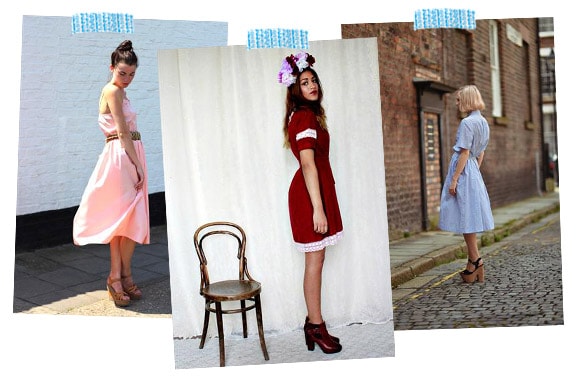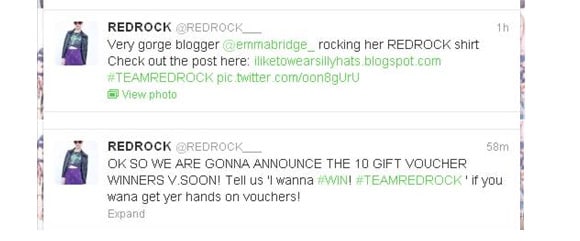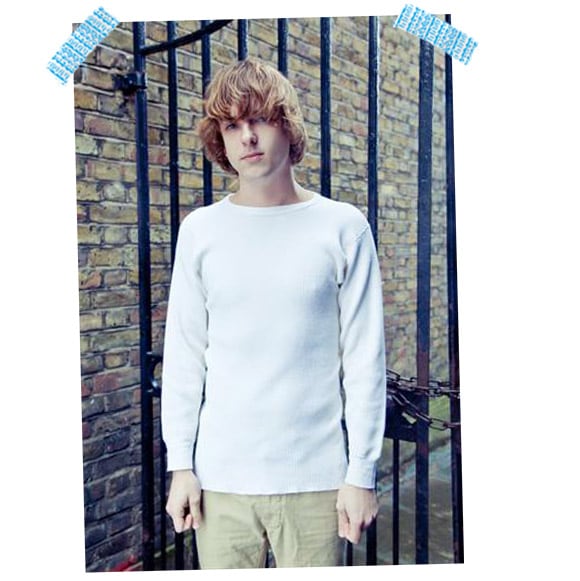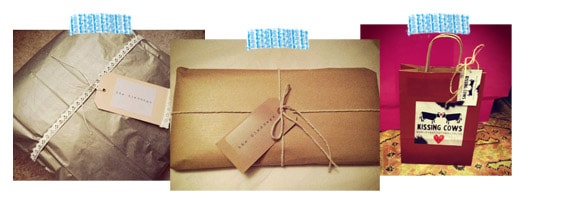Seller Blog
Advice, help and support for ASOS Marketplace sellers.
Vintage 101: How to run a successful vintage boutique on ASOS Marketplace
One of my favourite things about the Vintage Boutiques on ASOS Marketplace is seeing how each boutique has it’s own style and identity. Whether you’re a 1950s loving Marilyn wannabe or a 1990s kid with dreams that they will re-make Clueless (just imagine what they could do with THAT revolving wardrobe 20 years on) there’s really something for everyone.
So, you’ve got your boutique identity, you’ve got your
product, you’ve got the kettle on and the biscuits are ready for a-dunking.
Let’s do this...
1.The Imagery
I know, it sounds so obvious, right? But I cannot emphasize
just how important your imagery is and how it can make the difference between a
sale or not. Have you selected an appropriate location? Have you got a suitable
model? Have you put the time and effort into styling the model and the product?
These are all things you need to ask yourself when you are shooting because, if
the answer is no to any of them, you are probably not doing the product
justice.
You need to put your customer hat on and consider, if you
were going to buy the product what would you want to see? Have you taken enough
detail images and shown the product from all angles?
We love beautiful imagery. Swooning over the weekends
uploads along with a bucket of tea sets me up for the day, but you must
remember that you are selling an item. Keep the abstract for your portfolio and
show us the product. Over editing or using flash can completely change the
appearance of an item, so please (pretty please) don't.
It’s a good idea to have some consistency running through
your images making it easy for the
buyer to connect with you, recognise your style and for their eye to flow
naturally through your collection.
2.The Customer
No one wants a bad rep. It may have been cool at school, but
even Danny Zuko realised it wasn’t the way forward by the end.
You must provide good customer service. You should
bend over backwards for your customers because without them, you have no
business. Have you ever had a great dinner in a restaurant but resigned
yourself to never going back due to the poor service? Same thing applies here.
Customers will not return and they will not recommend you to anyone else if
they receive bad service. We understand that this may not always be the easiest
thing to do, but you cannot take a return or a comment personally. You must put
your business hat on and respond as a business.
3. The Promotion
We do
all we can to help promote the sellers on the site, but with limited space and
thousands of uploads a week... you do the math. You need to be prepared
to promote your ASOS Marketplace shop yourself and the best way to do this,
especially for start up businesses, is via social media. Use everything
available to you including Twitter, Facebook, Pinterest, Instagram, Google+ and
whatever new platforms pop up. Run competitions in order to increase your
followers, interact with others as much as possible, and keep it business. If
you want to rant about your boyfriend’s inability to commit that’s fine, but
get a personal account too and do it there. That’s not to say it shouldn’t be
personal, customers like to know the people behind the product, but keep it
light and fun. We’ll also do all we can to help by re-tweeting, liking or
pinning your post and products.
We might be an online platform, but don’t underestimate the
value of offline marketing too. Are there any local events you can go to? Any
appropriate magazines or local papers you could work with? Any fairs or
festivals you can attend? Sometimes you need to think outside the box.
We love it when boutiques get a lil more creative with their ideas, for instance, REDROCK tweet about a blogger wearing their stuff and then cash in on it by running a competition:
4. The Product
I'm sure you have all (as have I) encountered some form of,
shall we say, snobbery towards Vintage clothing at some point during your time
selling. You must avoid dragging them to your stock cupboard in order to prove
them wrong (no one wants ‘false imprisonment’ on their record) and instead,
send items that prove just how amazing buying Vintage can be.
Don’t ruin someone’s shopping experience by sending them a
product that smells of last weeks poached Salmon (no matter how delicious it
was) or a months worth of cigarette smoke. Clean the items, iron them and keep
them away from any strong smells.
It’s a good idea to keep up to date with trends and buy or
list accordingly. Vintage might be timeless but trends still apply. We all knew
Kelly Kapowski was a trend setter; it was only a matter of time before high
waisted baggy denim was back. The worst thing with trends is the risk that
someone else will be wearing the exact same thing, but with on trend Vintage
that’s not a problem.
5. The Details
Sizing:
Vintage sizing can be really different to modern day sizing.
It may say size 14 in the label but fit a 10 by today’s standards. Make sure
you let your customers know this in the ‘Sizing & Care’ section and detail
measurements to confirm.
Packaging:
Vintage can be a really personal thing to both the seller
and the customer. Enhance your brand and your customer service by packaging
your items in a way that makes the customer feel they are receiving something
really special.
So there you have it. Happy Selling!
Samantha x




